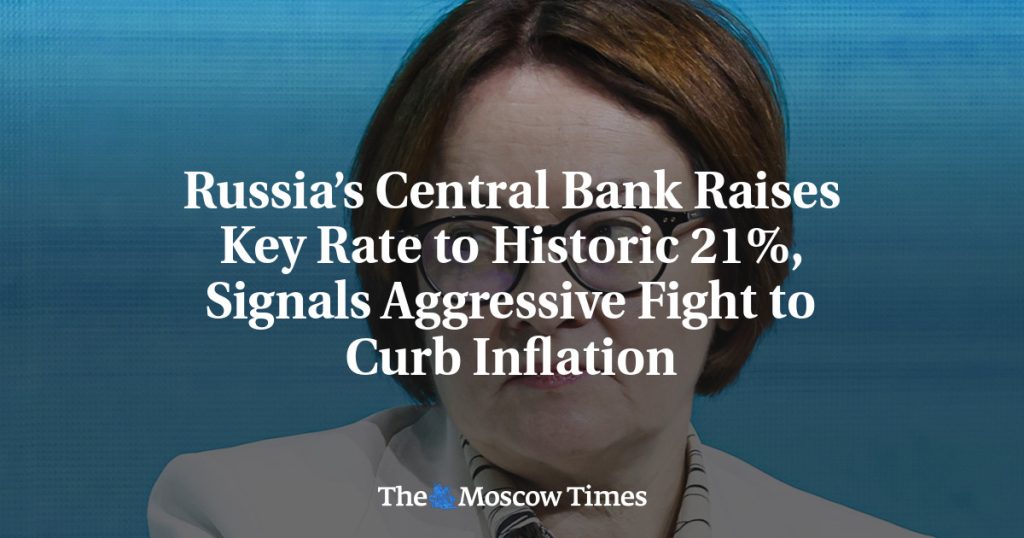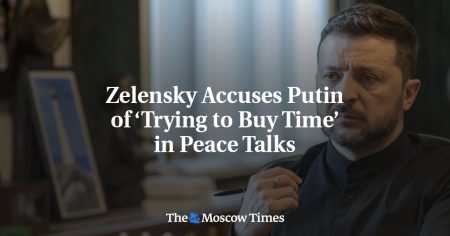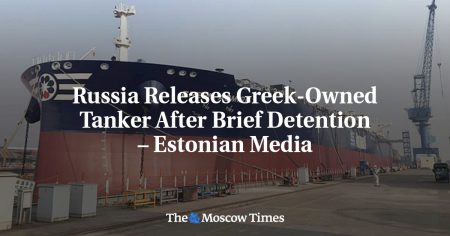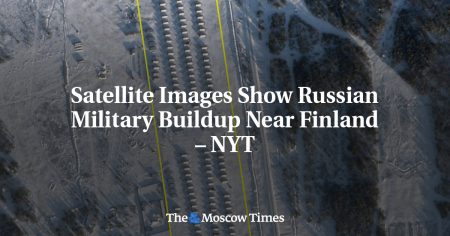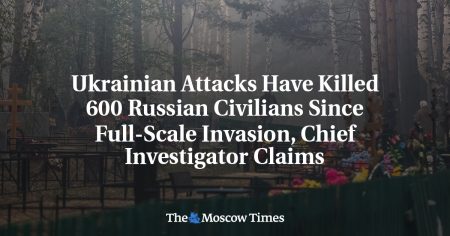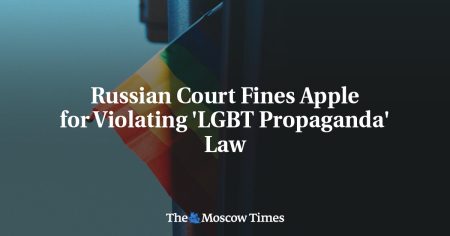Russia’s Central Bank raised its key interest rate to a historic 21%, surpassing the emergency rate established after the invasion of Ukraine. This significant increase, double the expected 1%, comes amid high inflation and increased military spending for the war. The Central Bank aims to curb inflation as domestic demand outpaces the supply of goods and services. Further rate hikes may be implemented in the future, with the inflation target set at 4%.
Inflation in Russia continues to rise, with seasonally adjusted price growth reaching 9.8% year-on-year and core inflation at 9.1%. The Central Bank expects annual inflation to be between 8% and 8.5% by the end of 2024, indicating significant inflation risks in the medium-term. The economy has been impacted by the conflict in Ukraine, leading to volatile prices and a surge in defense spending. President Putin has announced that Russia will allocate nearly 9% of its GDP to defense and security, the highest level since the Soviet Union.
The inflationary spiral in Russia is fueled by increased state spending and labor shortages in various sectors. Despite multiple rate hikes by the Central Bank, inflation remains a persistent issue. Analysts are concerned that the state-driven spending, which is less affected by higher borrowing costs, may limit the effectiveness of interest rate increases in controlling inflation. The economy is facing challenges from both internal and external factors, leading to the need for aggressive measures to stabilize the situation.
With the ongoing conflict in Ukraine and Western sanctions impacting the Russian economy, the Central Bank is taking decisive action to counter inflation. Inflation expectations are on the rise, and growth in domestic demand continues to outpace supply expansion. By tightening monetary policy, the Central Bank aims to bring inflation back to the target rate and reduce expectations. The decision to raise interest rates by 2% demonstrates the urgency of the situation and the need for proactive measures.
The situation in Russia is complex, with economic pressures stemming from geopolitical tensions and internal factors such as labor shortages. The high level of defense spending and the impact of sanctions have added to the inflationary pressures facing the economy. The Central Bank’s efforts to address these challenges through interest rate hikes reflect the seriousness of the situation and the need for effective policy responses. The future trajectory of the Russian economy will depend on the success of these measures in addressing inflation and stabilizing the economy.
In conclusion, Russia’s Central Bank has raised its key interest rate to 21% in response to rising inflation and increased military spending. The economy faces significant challenges from the conflict in Ukraine, Western sanctions, and internal factors such as labor shortages. The Central Bank’s efforts to curb inflation through monetary policy tightening are aimed at stabilizing the economy and reducing inflation expectations. The effectiveness of these measures in addressing the inflationary pressures will be crucial in determining the economic outlook for Russia in the coming years.









